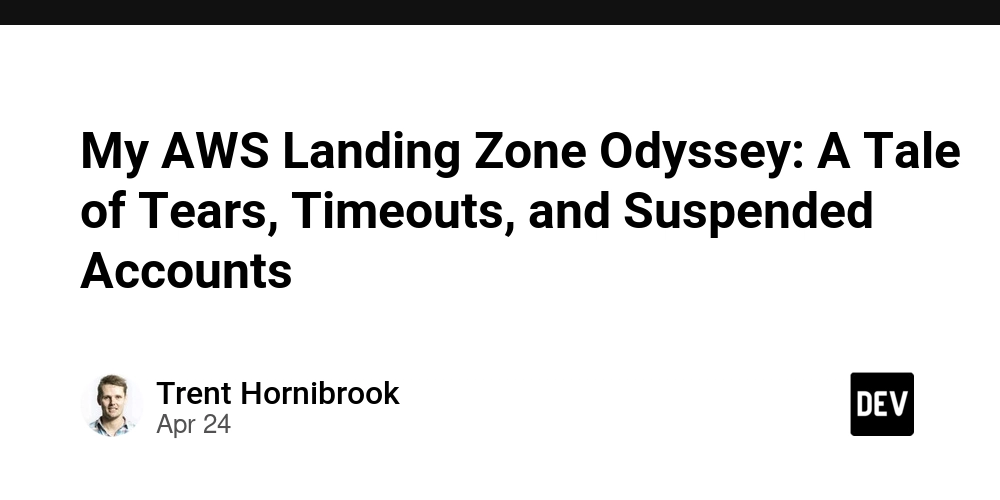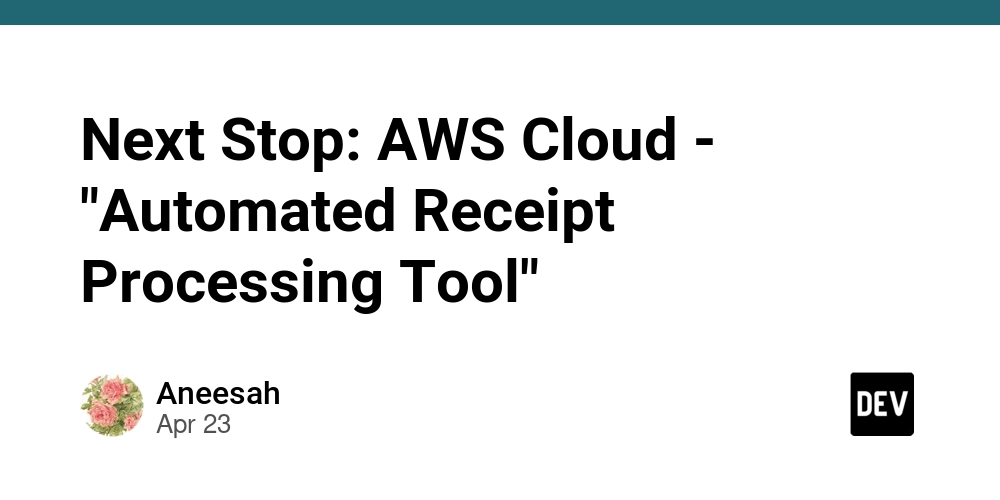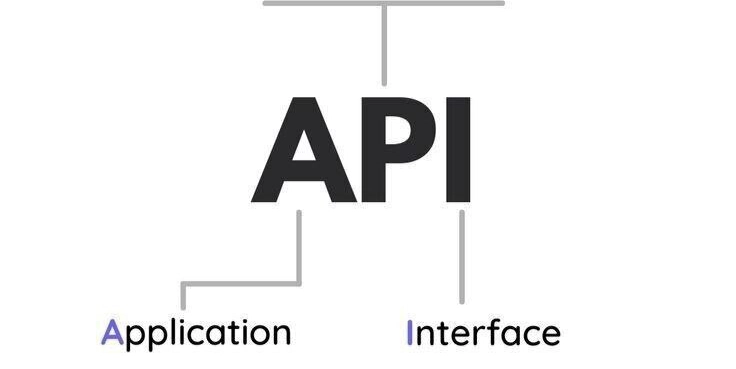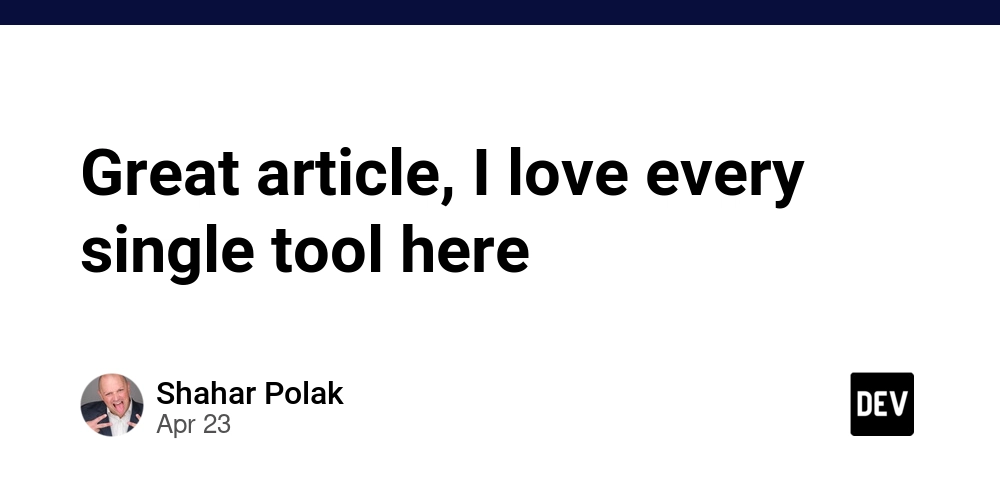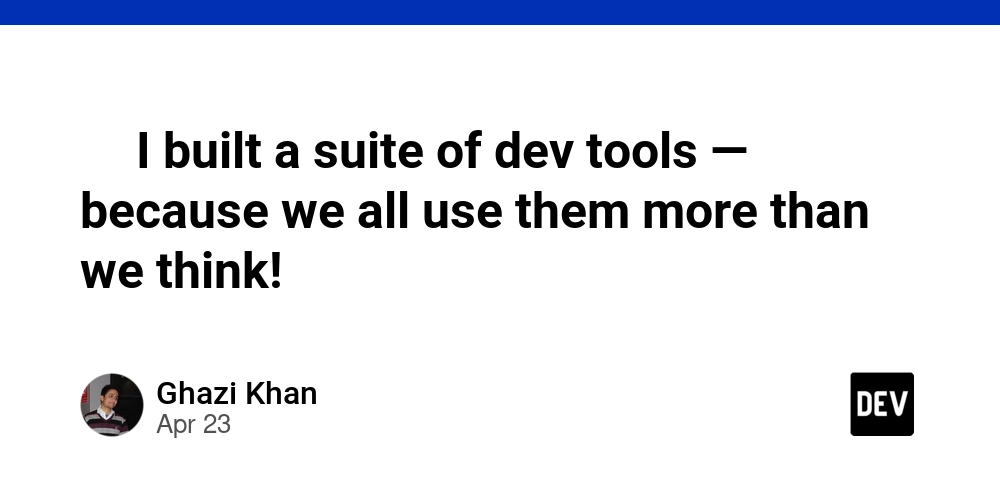
Is Project Scope Creep Killing Your Dev Projects? 5 Ways to Stop It
Every developer knows the feeling: that nagging suspicion that your project is ballooning beyond its original plan. Scope creep – the uncontrolled expansion of a project's boundaries – can kill timelines, budgets, and morale.
But the good news is that preventing scope creep is possible. This guide will show you how to keep your software development projects on track.
What Exactly Is Project Scope Creep?
Scope creep is when new features or requirements get added to a project after the initial agreement, without adjusting the timeline, budget, or resources.
Imagine building a house, and halfway through, the client decides they also want a pool, a guest house, and a tennis court… but they still want it finished on the original date and at the original price! That’s scope creep.
In development, it often looks like this:
- Mid-sprint feature requests: New "must-have" features popping up unexpectedly.
- Expanding user stories: Suddenly, user stories become far more complex.
- The "just one more thing" trap: Stakeholders constantly adding small requests that snowball into significant work.
- Vague requirements: Undefined or constantly shifting requirements make your work a moving target.
Why Scope Creep Is a Dev Team's Worst Nightmare
Allowing scope creep to run rampant has serious consequences for development teams:
- Missed deadlines: Unplanned work throws off your carefully crafted timelines.
- Budget overruns: More features mean more time and resources, draining your budget.
- Burnout: Constant changes and pressure to deliver more with less leads to stressed-out and demotivated teams.
- Compromised quality: Rushing to accommodate new requests often results in buggy code and technical debt.
How to Avoid Project Scope Creep in 5 Actionable Steps
Here are five simple strategies to prevent project scope creep and maintain control over your development projects:
-
Define Scope and Boundaries Clearly:
- Create detailed documentation outlining project goals, features, functionality, and acceptance criteria.
- Explicitly define what is out of scope.
- Get sign-off from all stakeholders before development begins to prevent misunderstandings.
-
Implement a Formal Change Request Process:
- Establish a process for stakeholders to submit change requests.
- Evaluate requests for their impact on timeline, budget, and resources.
- Communicate transparently with stakeholders about approval or rejection.
-
Prioritize Ruthlessly and Practice Agile Discipline
- Focus on the most critical features first.
- When evaluating new requests, implement a "one in, one out" policy to control growth.
- Defer lower-priority features to later iterations.
-
Maintain Open Communication:
- Foster open and honest communication between the development team and stakeholders.
- Engage stakeholders early and often to gather feedback and manage expectations.
- Use sprint reviews and demos to showcase progress and identify potential scope creep.
-
Distinguish Refinement from Expansion:
- Understand that some changes are inevitable as the project progresses.
- Distinguish between scope refinement (clarifying existing requirements) and scope expansion (adding new requirements).
- Build in buffer time for necessary adjustments.
Agile Methodologies: A Double-Edged Sword?
Agile development can help manage project scope creep with its iterative approach and sprint cycles. However, it requires discipline:
- Lock sprint backlogs once sprints begin.
- Defer new requirements to future sprints.
- Use sprint reviews to get sign-off on completed work.
Scope Change vs. Scope Creep: Know the Difference
Scope change is a managed shift in project scope, with corresponding adjustments to timeline, budget, and resources. Scope creep occurs when changes accumulate without these adjustments.
Managing scope change effectively is the key to preventing scope creep.
Don't Let Scope Creep Derail Your Projects
By implementing these strategies, development teams can keep projects focused, on time, and within budget. Remember, the goal isn't to avoid all changes, but to ensure that changes are intentional, understood, and properly accounted for in your project plans.
